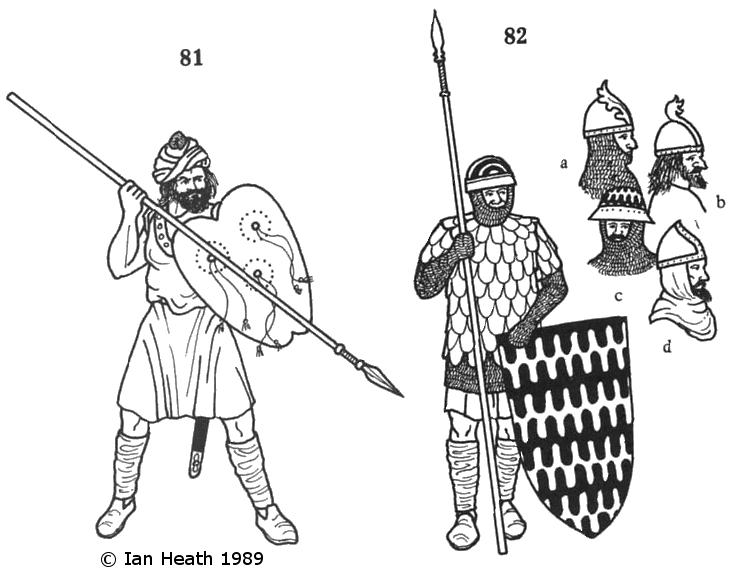
Register a SNAP EBT card with Amazon
ANDALUSIAN INFANTRYMEN, 12th-13th CENTURIES
An extract from Armies of Feudal Europe 1066-1300by Ian Heath
 | |
|
[Based on Cantiga 187 with the shield pattern from Cantiga 28] |
[Based on Cantiga 28,
Cantiga 99 &
Cantiga 165] |
